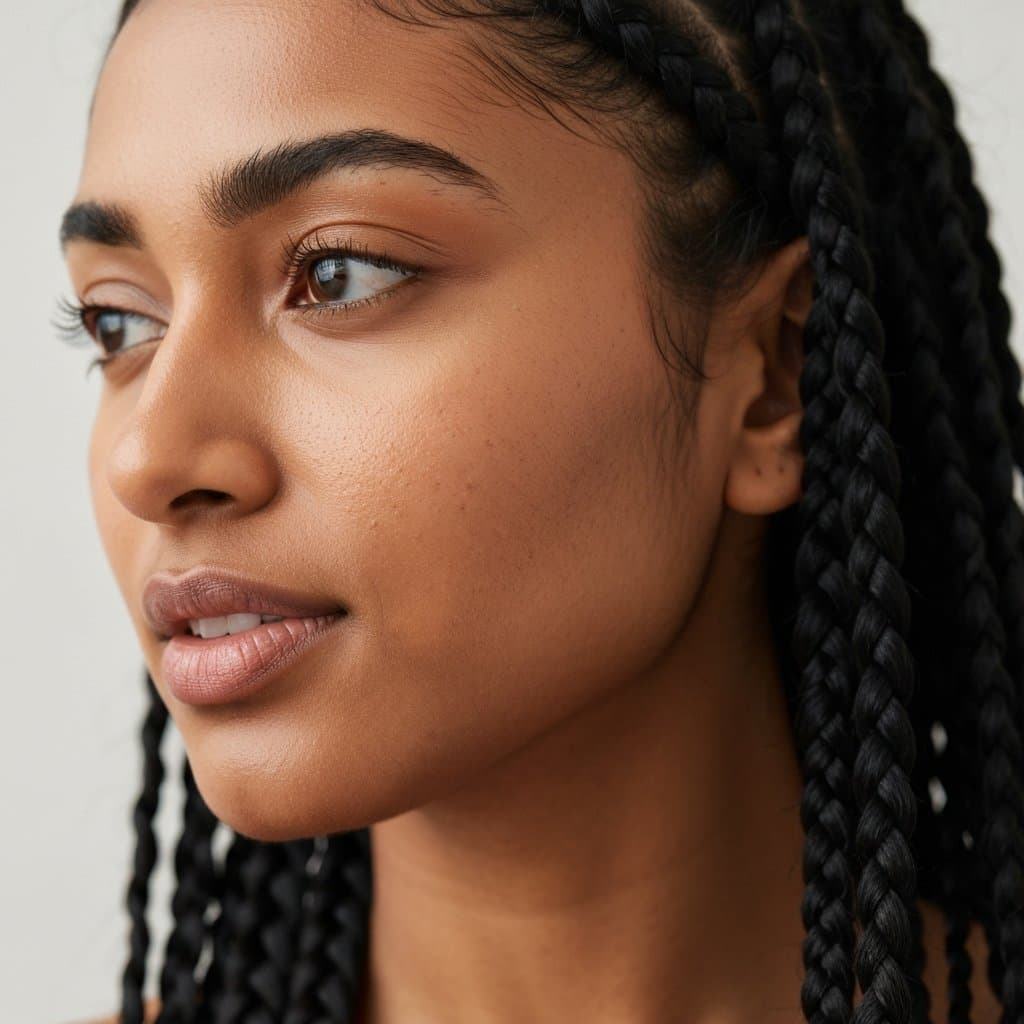The Butterfly Cut: Your Ultimate Guide to 2025's Hottest Layered Haircut | Pro Styling Tips
Introduction: What is the Butterfly Cut?
The hair world is constantly evolving, with trends from past decades making stunning comebacks. Enter the butterfly cut, a style that has taken social media and celebrity culture by storm. This haircut isn't just a fleeting trend; it's a masterful blend of retro nostalgia and modern sophistication. At its core, the butterfly cut is a heavily layered hairstyle that creates the illusion of shorter hair from the front while maintaining length in the back. It masterfully combines the wispy, face-framing layers of a '70s shag with the bouncy, voluminous body of a '90s supermodel blowout. The name itself evokes the delicate, fluttering movement of butterfly wings, which perfectly describes how the layers cascade and move.
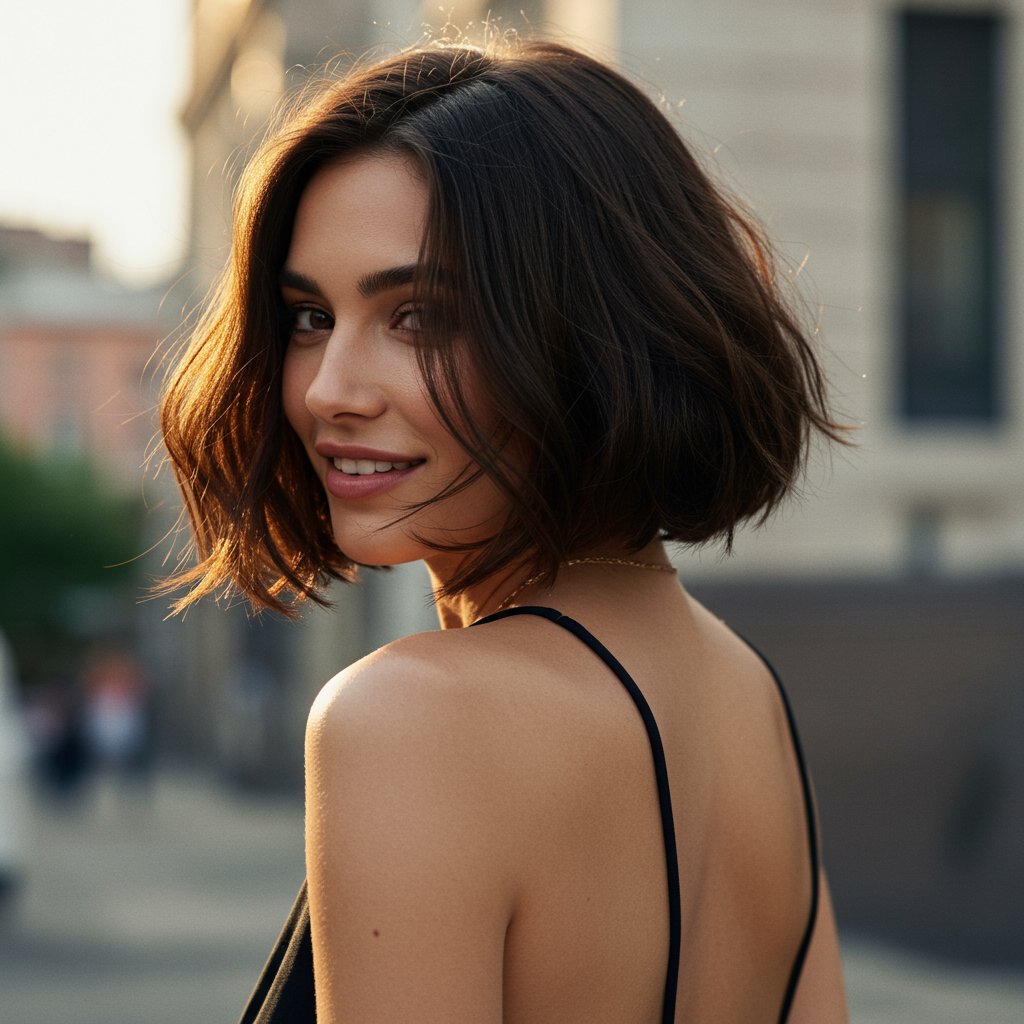
This haircut is defined by its duality. It features shorter layers on top, typically cut to chin or shoulder length, which beautifully frame the face and create immense volume. These shorter sections are then seamlessly blended into much longer layers at the back. This clever technique provides the best of both worlds: the chic, manageable feel of a shorter cut around the face and the elegance and versatility of long hair. The result is a dynamic, airy style that is full of life, movement, and texture, making it one of the most sought-after looks in professional hair salons today.
Why has the butterfly cut become so popular? Its appeal lies in its versatility and its ability to deliver maximum impact with relatively low commitment. It offers a dramatic change in shape and volume without sacrificing overall length, which is a major draw for many. Whether you've seen it on your favorite influencer or admired it on the red carpet, the butterfly cut is undeniably the layered haircut of the moment. This guide will walk you through everything you need to know, from its technical structure to styling and maintenance, ensuring you're fully equipped to embrace this transformative style.
The Anatomy of the Butterfly Cut: Deconstructing the Layers
To truly appreciate the artistry of the butterfly cut, it's essential to understand its unique structure. Unlike traditional layered cuts that aim for subtle, uniform blending, the butterfly cut is built on a foundation of strategic disconnection. It is essentially two haircuts in one, a concept that allows for its signature volume and movement. An experienced stylist achieves this look by carefully sectioning the hair and employing precise cutting techniques to create distinct yet harmonious layers.
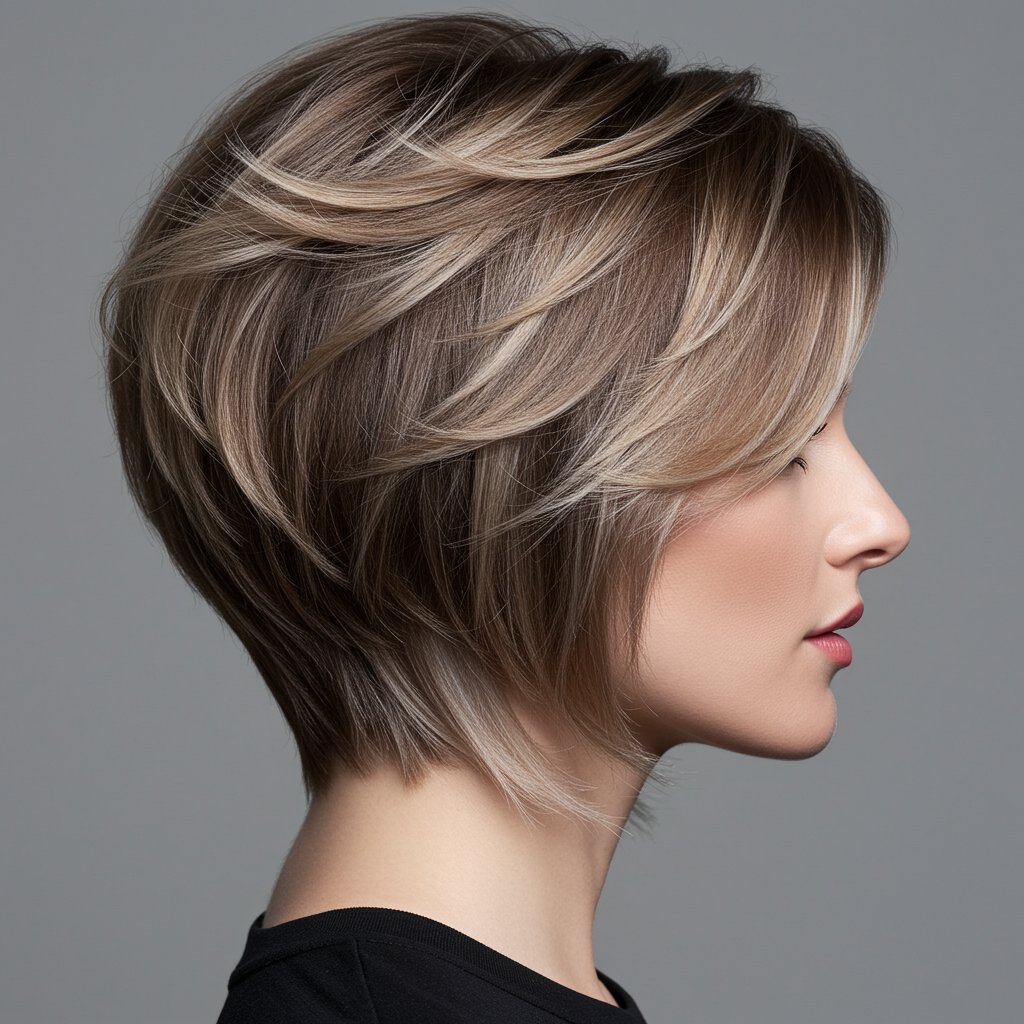
The Short, Face-Framing Section
The most defining feature of the butterfly cut is the shorter top section. The hair is sectioned off at the crown, and layers are cut to fall somewhere between the chin and the shoulders. These are the 'butterfly wings' that give the cut its name. This section is heavily layered to remove weight, which allows the hair to lift at the roots and create that coveted airy volume. These layers are meticulously designed to frame the face, softening features, highlighting cheekbones, and drawing attention to the eyes. When styled, this shorter section can be flicked outwards or curled inwards, mimicking the look of a chic bob or a voluminous lob from the front.The Long, Flowing Base
Beneath the shorter top layers lies the second part of the haircut: the long, flowing base. This section maintains the overall length of the hair, providing a beautiful contrast to the shorter, bouncier layers on top. The layers here are longer and more blended, designed to create seamless movement and prevent the cut from looking choppy or disconnected from the back. This preservation of length is what makes the butterfly cut so appealing to those who fear losing their long locks. It ensures the hair still feels substantial and offers the versatility to be pulled back into a ponytail or styled in an updo, with the shorter layers falling out gracefully to frame the face.Is the Butterfly Cut Right for You? Hair Types and Face Shapes
One of the greatest strengths of the butterfly cut is its remarkable versatility. While it may seem best suited for a specific hair type, with the right professional execution, it can be adapted to flatter a wide range of hair textures and face shapes. Understanding how the cut interacts with your unique features is key to achieving the best possible result.

Ideal Hair Textures
The butterfly cut truly shines on hair that has some natural body and thickness. Straight to wavy hair types are ideal canvases, as they hold the shape of the layers and the volume from a blowout exceptionally well. For those with thick or heavy hair, this cut is a game-changer, as the extensive layering removes significant weight, preventing the hair from feeling bulky and flat. This makes the hair feel lighter, bouncier, and infinitely more manageable. Those with fine hair can also benefit, as the short layers on top create the illusion of more volume and thickness where it's often needed most. However, it's crucial for a stylist to be careful not to over-layer fine hair, which could make the ends appear sparse.Flattering Face Shapes
The face-framing nature of the butterfly cut makes it incredibly flattering for various face shapes. For oval faces, the balanced proportions are enhanced by the layers, which can be cut to highlight cheekbones or the jawline. For round or square faces, the soft, feathery layers around the face can work wonders to soften angles and add length. The volume at the crown elongates the face, creating a more balanced silhouette. For heart-shaped faces, the chin-length layers can add fullness around the jawline, beautifully balancing a wider forehead. A skilled stylist will customize the length of the face-framing layers to perfectly complement your individual facial structure, making the consultation process paramount.The Salon Consultation: How to Ask for the Perfect Butterfly Cut
Walking into a hair salon with a clear vision is the first step toward getting a haircut you love. The butterfly cut requires precision and a good understanding of layering techniques, so communicating effectively with your stylist is crucial. A thorough consultation ensures you are both on the same page and that the final result meets your expectations and suits your lifestyle.
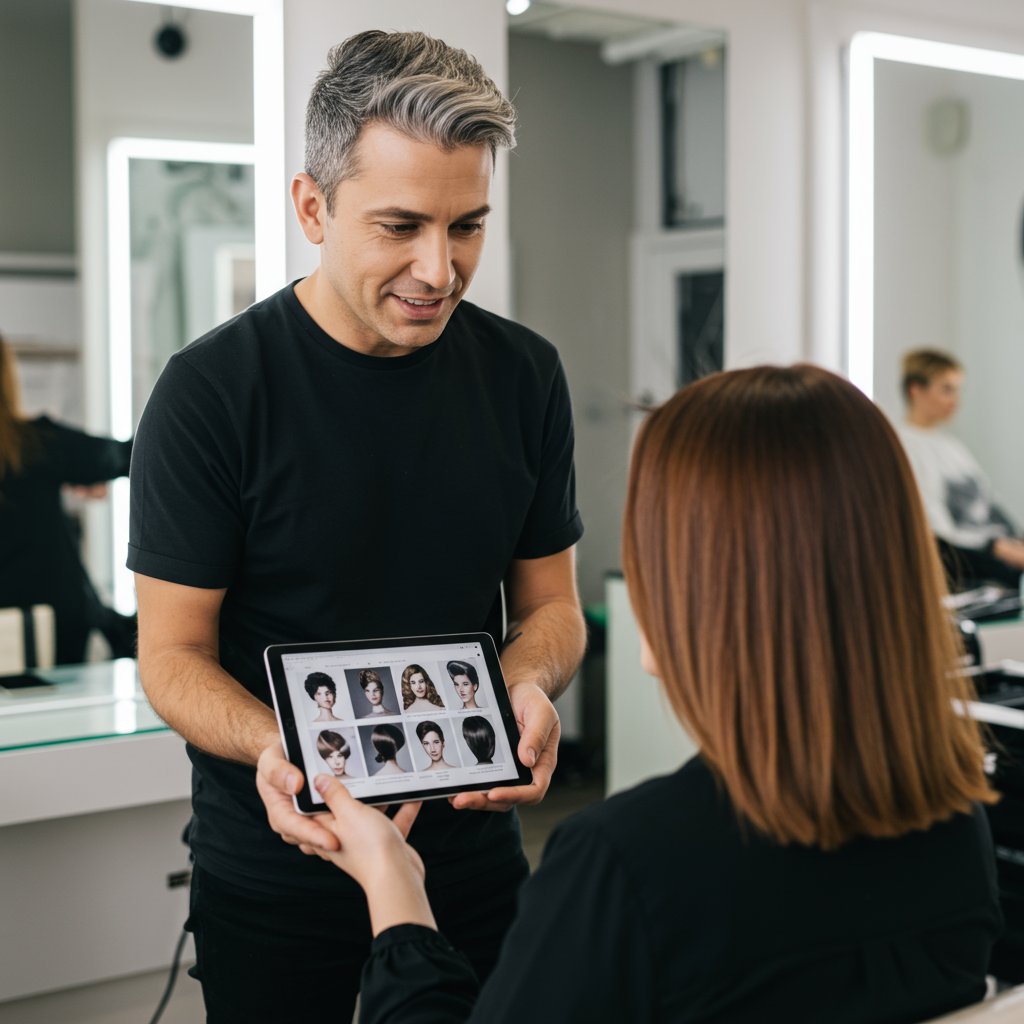
Bring Visual References
Words can be subjective, but pictures are universal. Collect several high-quality images of butterfly cuts that you admire. Look for examples on people with similar hair types and face shapes to your own. A visual portfolio on your phone allows your stylist to see exactly what you're drawn to—whether it's the level of volume, the length of the face-framing layers, or the overall feathered texture. This provides a concrete starting point for the discussion and helps avoid any misinterpretations of terms like 'short layers' or 'lots of volume'.Use Specific Language
When discussing the cut, use key phrases to describe what you want. Mention that you're looking for a butterfly cut with short, face-framing layers around the chin or collarbone and long layers throughout the back to maintain length. Emphasize that you want significant volume and movement. It's also important to discuss your daily routine. Let your stylist know how much time you're willing to spend on styling each day. This information will help them tailor the cut to be more low-maintenance if needed, perhaps by incorporating techniques that work with your natural hair texture. Be open to their professional advice; an experienced stylist can suggest modifications that will make the cut even more flattering for you.Styling Your Butterfly Cut at Home: From Everyday to Glam
The true beauty of the butterfly cut is revealed through styling. While it can look good air-dried for a more natural, shaggy vibe, a little effort with heat tools will unlock its full potential for bombshell volume and movement. Mastering a few key techniques will allow you to recreate that fresh-from-the-salon look at home.
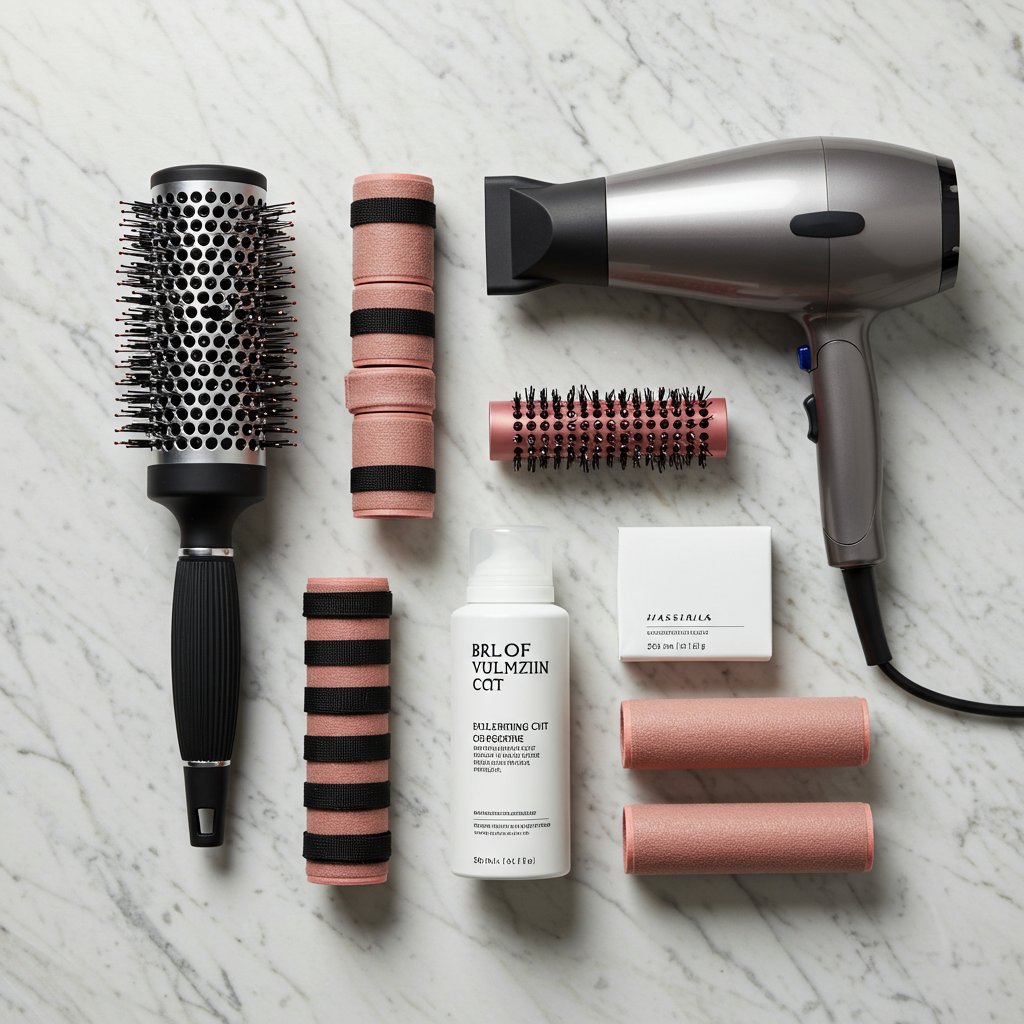
The Signature Blowout
The quintessential way to style a butterfly cut is with a voluminous blowout. Start with damp, towel-dried hair and apply a volumizing mousse or root-lifting spray to the roots for maximum lift. Using a blow dryer with a concentrator nozzle and a large ceramic round brush, begin drying the hair in sections. For the longer layers at the back, pull the brush through the hair, creating tension and curling the ends under or slightly out. For the shorter, face-framing layers, lift the hair up and away from the face as you dry, rolling the brush to create a soft, sweeping 'C' shape. This technique creates that signature '70s flick and opens up the face beautifully.Using Rollers for Lasting Volume
For volume that lasts all day, velcro rollers or hot rollers are your best friend. After blow-drying each section until it's about 90% dry, wrap it around a large roller while it's still warm. Focus on the top sections of your hair, rolling them away from your face to create lift at the crown. Let the rollers sit for at least 15-20 minutes (or until they are completely cool). Once you remove them, gently shake out the curls with your fingers and finish with a light-hold hairspray. This method sets the voluminous shape and ensures your butterfly layers have bounce and body that won't fall flat.Maintaining the Magic: Butterfly Cut Upkeep and Care
A great haircut deserves great care to keep it looking its best. The heavily layered nature of the butterfly cut means that regular maintenance is key to preserving its shape and health. A consistent care routine will ensure your layers stay bouncy and your ends remain healthy and split-free.
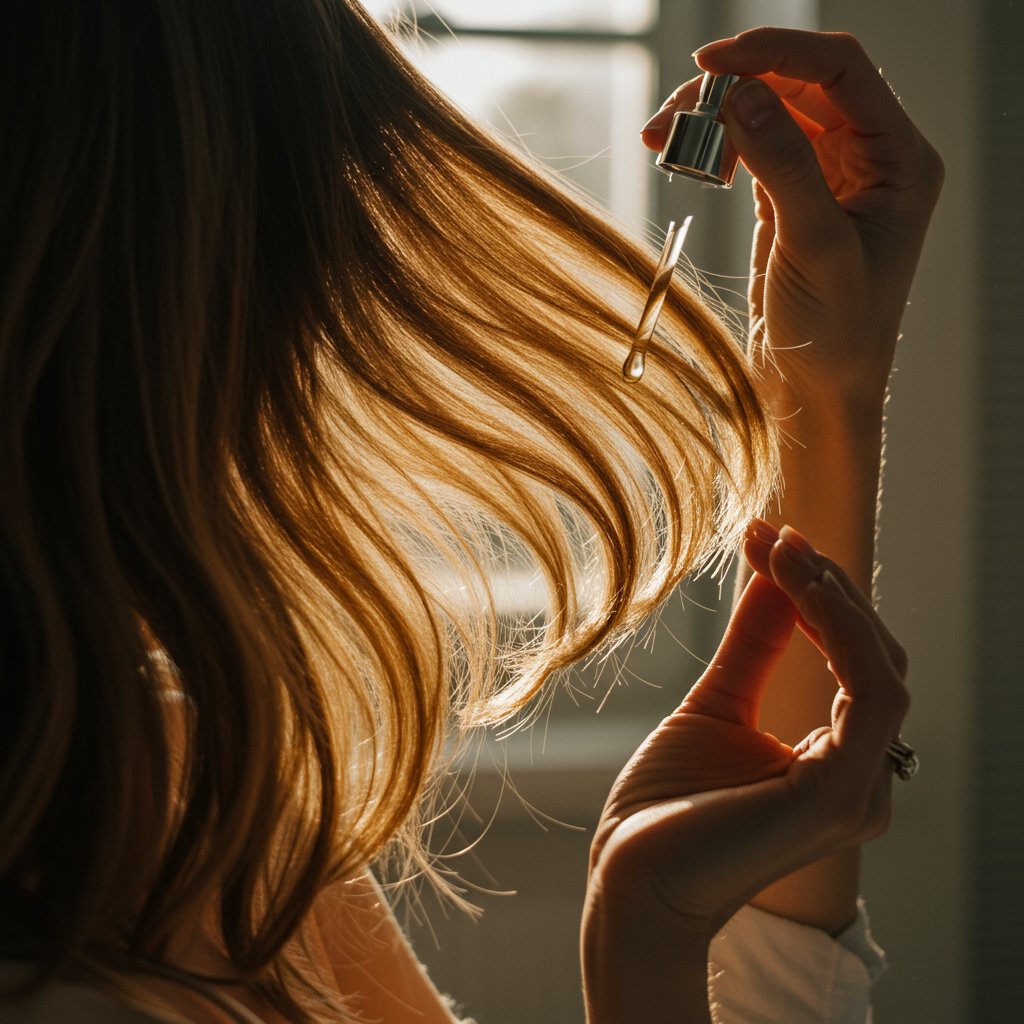
Regular Trims are Non-Negotiable
To keep your butterfly cut looking sharp and prevent the layers from growing out into an awkward shape, plan on visiting your salon for a trim every 6 to 8 weeks. This is especially important for the shorter, face-framing layers, which can quickly lose their intended shape as they grow. Regular trims will not only maintain the style's integrity but also snip away any split ends, keeping your hair healthy and vibrant from root to tip.Product Recommendations
Investing in the right products will make a world of difference in your styling and maintenance routine. A good volumizing shampoo and conditioner will create the perfect foundation without weighing the hair down. A heat protectant spray is essential before any heat styling to shield your strands from damage. To enhance the texture and movement of your layers, a lightweight texturizing spray or dry shampoo can be spritzed through the mid-lengths and ends. Finally, a nourishing hair oil or serum applied sparingly to the ends will keep them hydrated and prevent them from looking dry, ensuring your layers cascade beautifully.Butterfly Cut Variations: Modern Twists on a Classic
While the classic butterfly cut is a statement in itself, its foundational technique lends itself to numerous modern adaptations. These variations allow you to personalize the trend to better suit your individual style, hair length, and desired level of edginess. Professional stylists are constantly innovating, blending the butterfly's core principles with other popular trends.
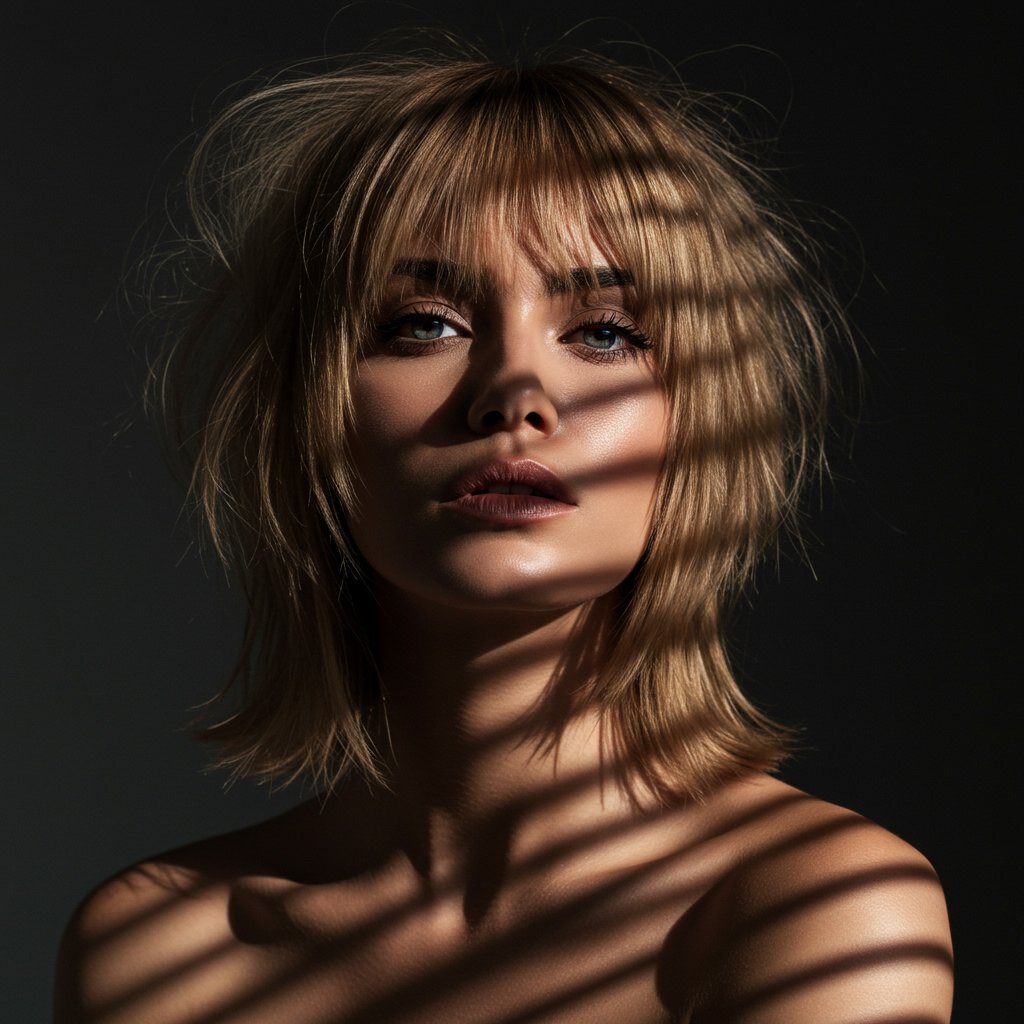
The Shorter Butterfly (The 'Butterfly Bob')
You don't need waist-length hair to enjoy this trend. A shorter version, often dubbed the 'butterfly bob' or 'butterfly lob,' can be created on shoulder-length or even shorter hair. This variation focuses on creating those distinct short-to-long layers within a more compact silhouette. The top layers might be cut to the cheekbones, while the longest layer just skims the shoulders. This gives the volume and face-framing benefits of the original cut in a chic, shorter package that is incredibly modern and fresh.Adding Bangs and Fringe
Incorporating bangs is an excellent way to customize your butterfly cut. Curtain bangs are a natural pairing, as they blend seamlessly into the short, feathery face-framing layers, enhancing the '70s vibe. They create a soft, sweeping effect that further frames the eyes and cheekbones. For a bolder look, a wispy full fringe or even blunt bangs can create a striking contrast against the soft, flowing layers, adding a touch of high-fashion edge to the style.Frequently Asked Questions About the Butterfly Cut
It's natural to have questions before committing to a new haircut. Here are answers to some of the most common queries about the butterfly cut.
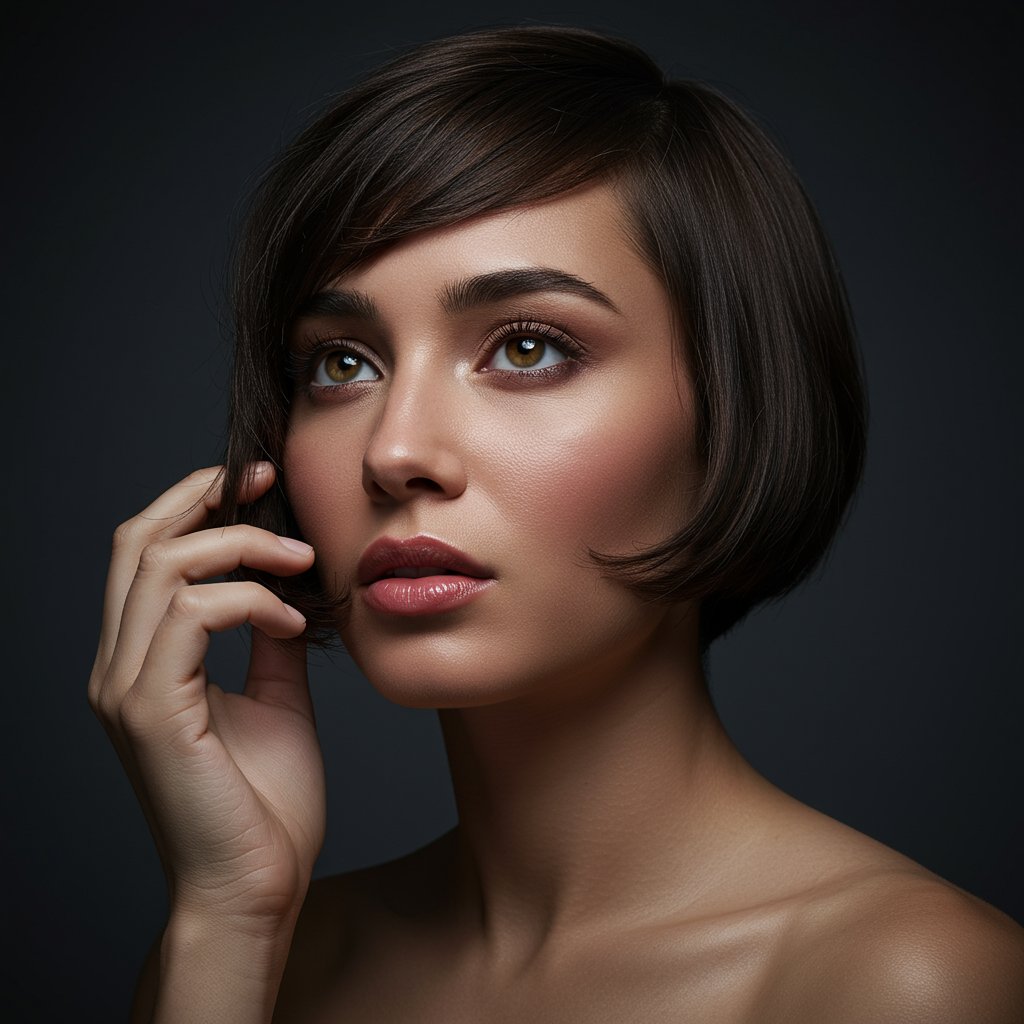
1. How is the butterfly cut different from a regular layered cut or a shag?
The key difference lies in the strategic disconnection. A traditional layered cut usually aims for seamless, blended layers throughout the hair. A shag is typically much choppier and more heavily textured, with layers concentrated at the crown. The butterfly cut is a hybrid, featuring two distinct sections: very short layers on top that mimic a shorter haircut, and very long layers underneath that preserve length.2. Can you get a butterfly cut on curly hair?
Absolutely! A butterfly cut can look stunning on curly hair, creating a beautiful, rounded shape and preventing the dreaded 'triangle' effect. A stylist experienced with cutting curls will likely use a dry-cutting technique to work with your natural curl pattern, ensuring each layer sits perfectly. It can enhance definition and reduce bulk, allowing your curls to be bouncy and full of life.3. How much time does it take to style a butterfly cut in the morning?
Styling time can vary. For a quick, everyday look, you might spend 5-10 minutes applying some texturizing spray and refreshing the face-framing pieces with a flat iron or curling wand. For a full, voluminous blowout, you should set aside 20-30 minutes, depending on your hair's length and thickness. The good news is that the cut is designed to look great even when it's a bit undone.4. Does the butterfly cut make thin hair look thinner?
Not if it's cut correctly. In fact, it's often recommended for fine or thin hair because the shorter layers on top create significant volume and the illusion of thickness. The key is for the stylist not to remove too much weight from the long bottom section, which could make the ends look sparse. A well-executed cut will make thin hair appear fuller and more dynamic.5. Can I tie my hair up with a butterfly cut?
Yes, and that's one of its biggest advantages over truly short haircuts. The long layers at the back provide enough length for a ponytail, bun, or braid. The shorter face-framing layers will naturally fall out, creating a soft, romantic, and effortlessly chic look that is very on-trend for updos.Conclusion: Embrace the Transformation with the Butterfly Cut
The butterfly cut is more than just a haircut; it's a celebration of volume, movement, and versatile style. By artfully blending the best of '70s feathering and '90s body, it offers a transformative look that can be tailored to almost anyone. It provides a dramatic change without the commitment of losing length, making it the perfect choice for those craving a refresh while holding onto their beloved long hair.
Its ability to be customized for different hair types, textures, and face shapes ensures that the butterfly cut is not a one-size-fits-all trend but a versatile framework for personal expression. Whether you opt for a classic long version, a chic butterfly bob, or add a trendy fringe, this haircut promises to deliver dimension, personality, and a serious dose of confidence. If you're ready to embrace a style that is both timelessly glamorous and effortlessly modern, the butterfly cut might just be your perfect match.

